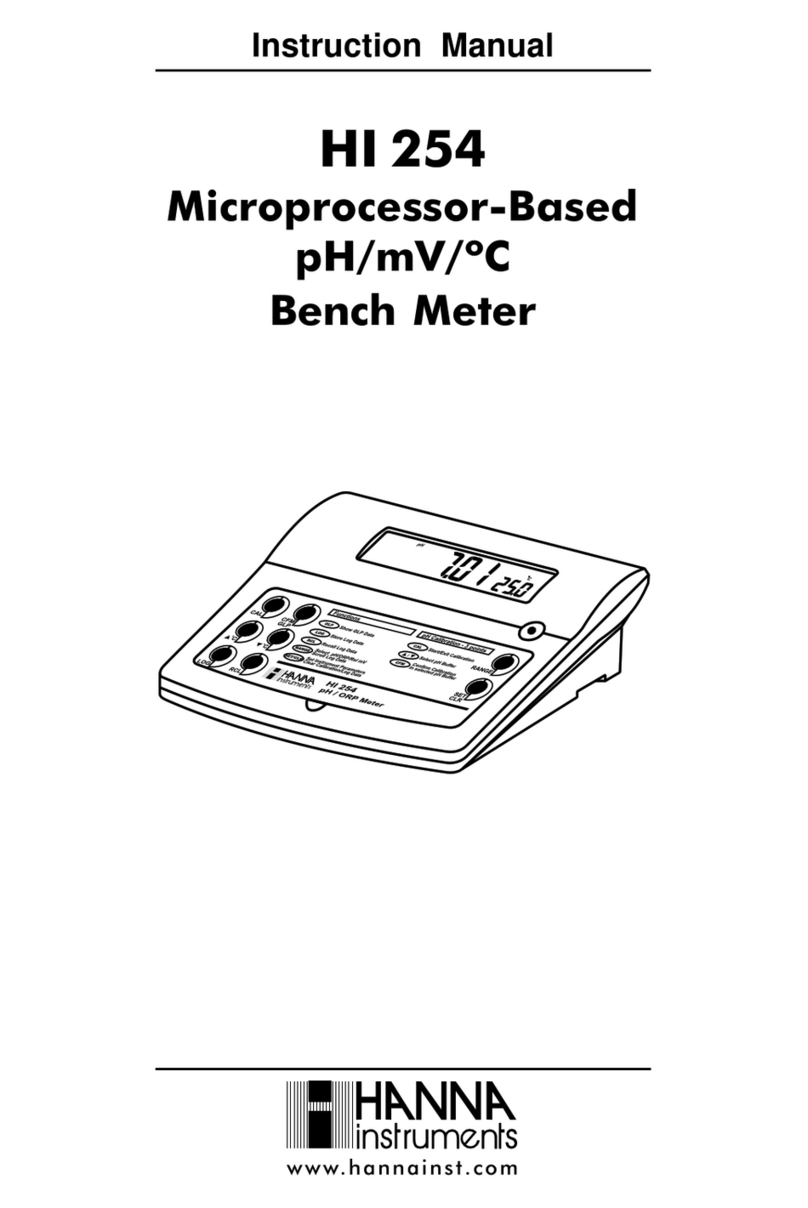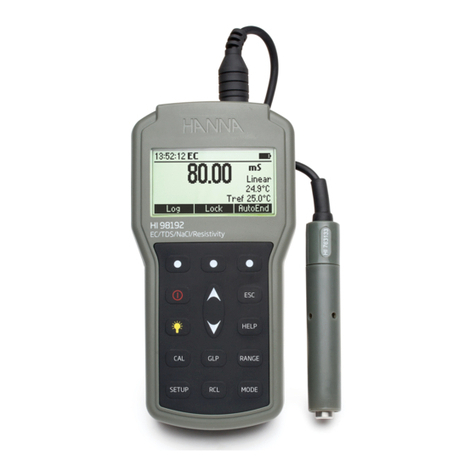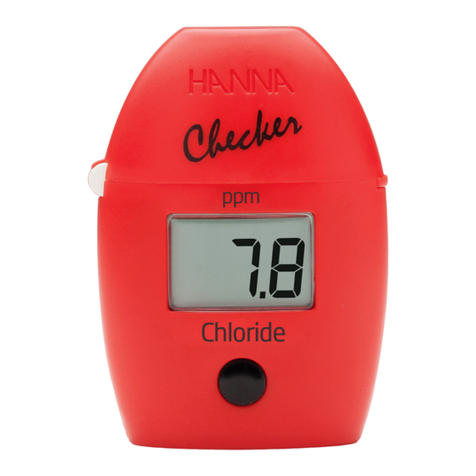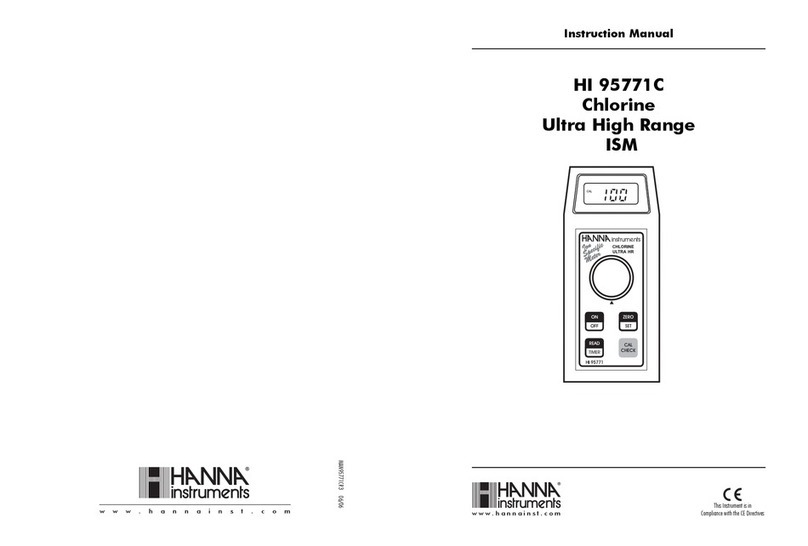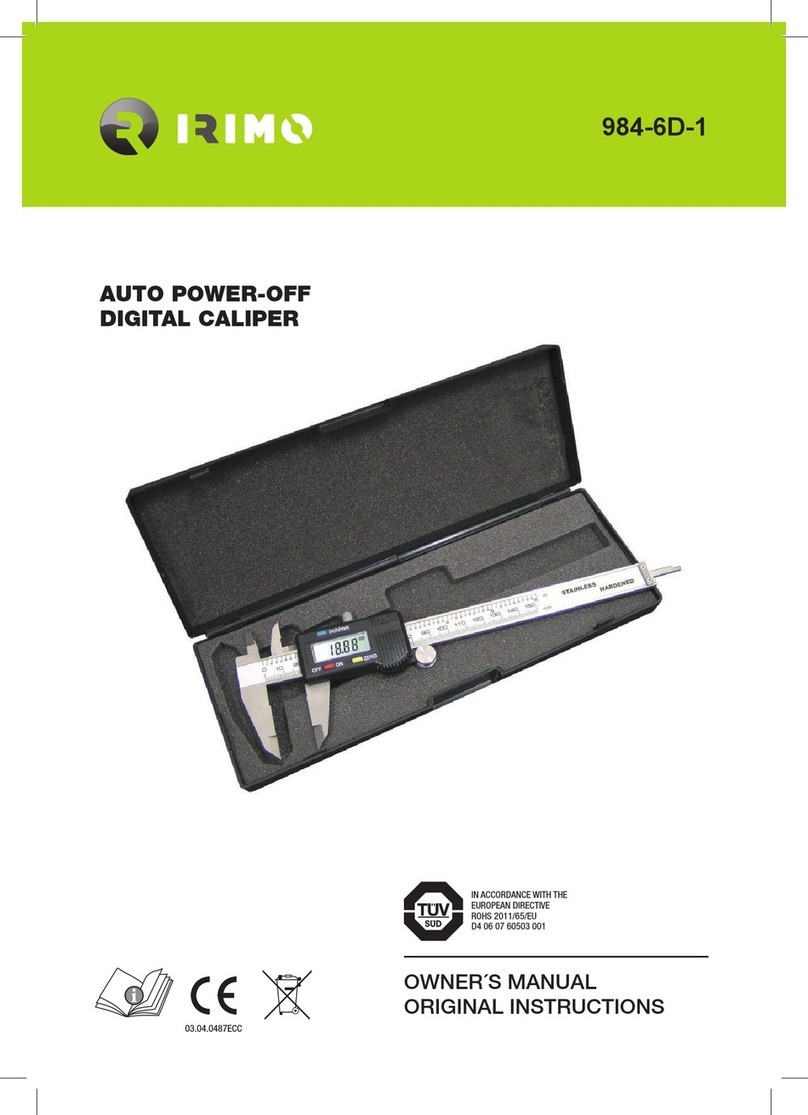Hanna Instruments HI84530 User manual
Other Hanna Instruments Measuring Instrument manuals
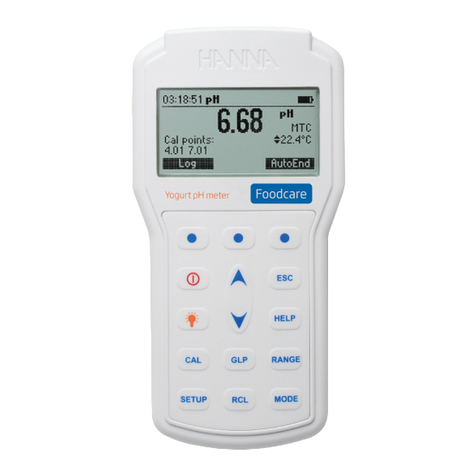
Hanna Instruments
Hanna Instruments HI98164 User manual
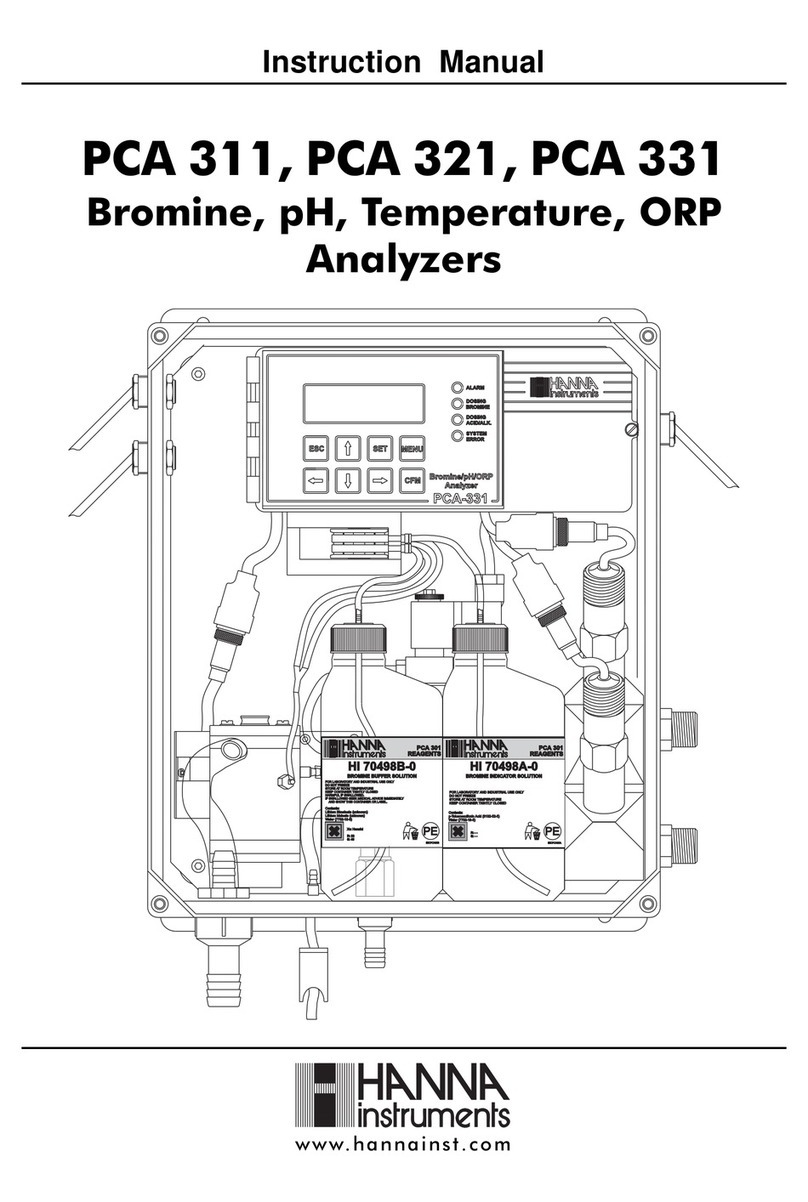
Hanna Instruments
Hanna Instruments PCA 311 User manual
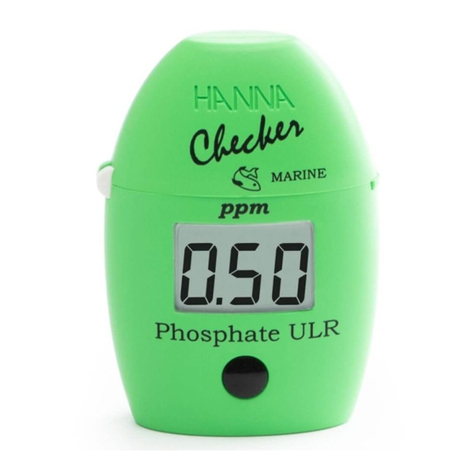
Hanna Instruments
Hanna Instruments HI774 User manual

Hanna Instruments
Hanna Instruments HI 983301N User manual
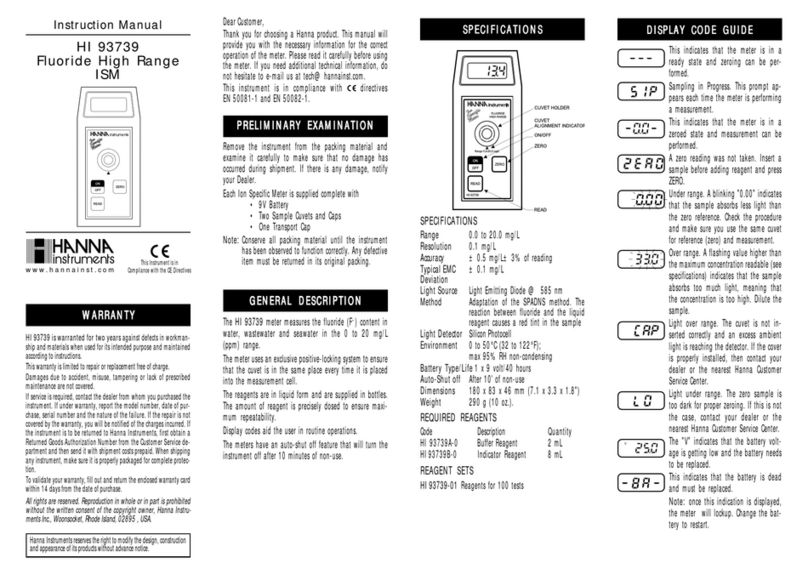
Hanna Instruments
Hanna Instruments HI 93739 User manual
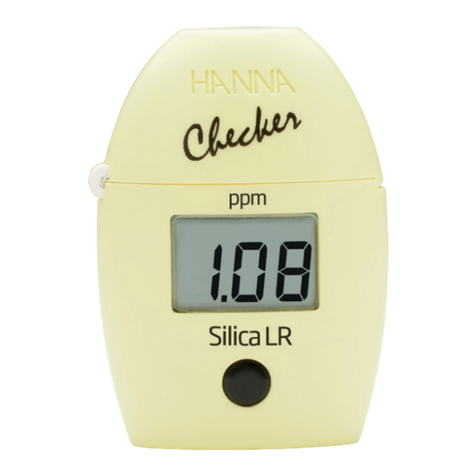
Hanna Instruments
Hanna Instruments HI705 User manual
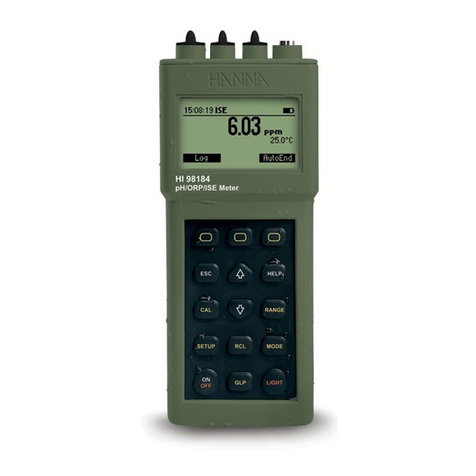
Hanna Instruments
Hanna Instruments HI 98180 User manual
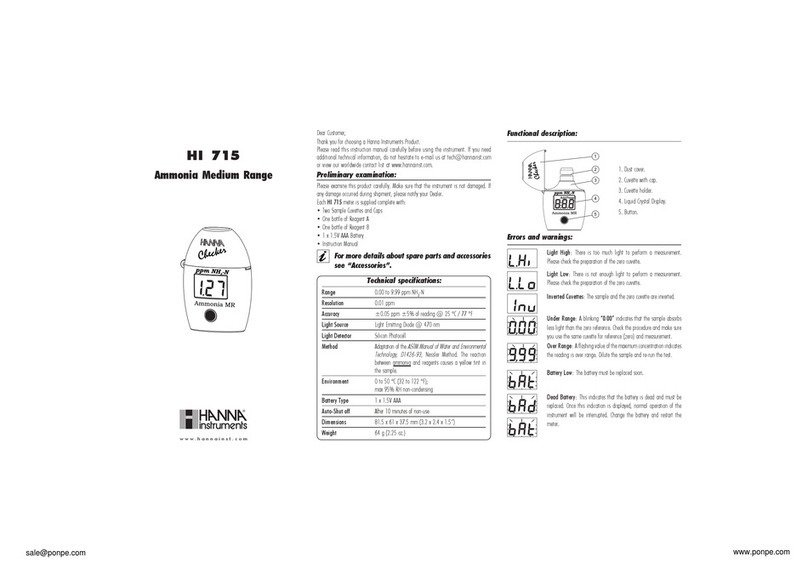
Hanna Instruments
Hanna Instruments Ammonia Medium Range User manual
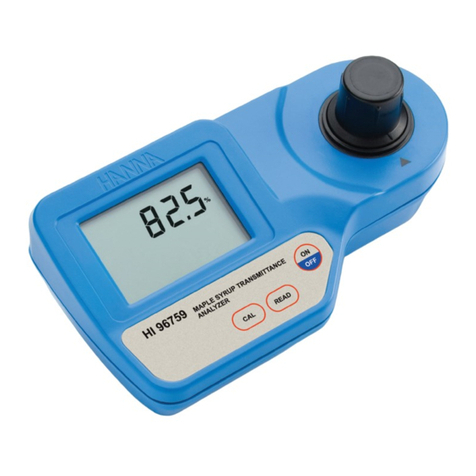
Hanna Instruments
Hanna Instruments HI 96759C User manual
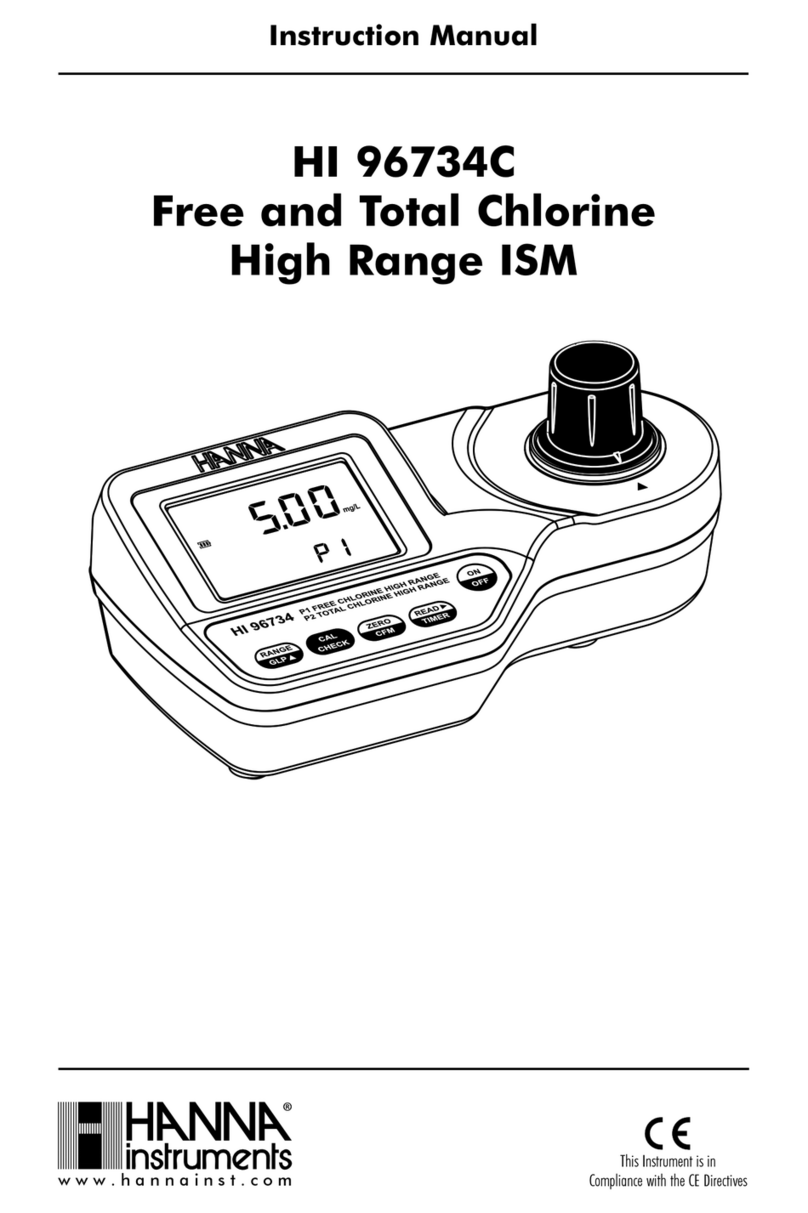
Hanna Instruments
Hanna Instruments HI 96734C User manual
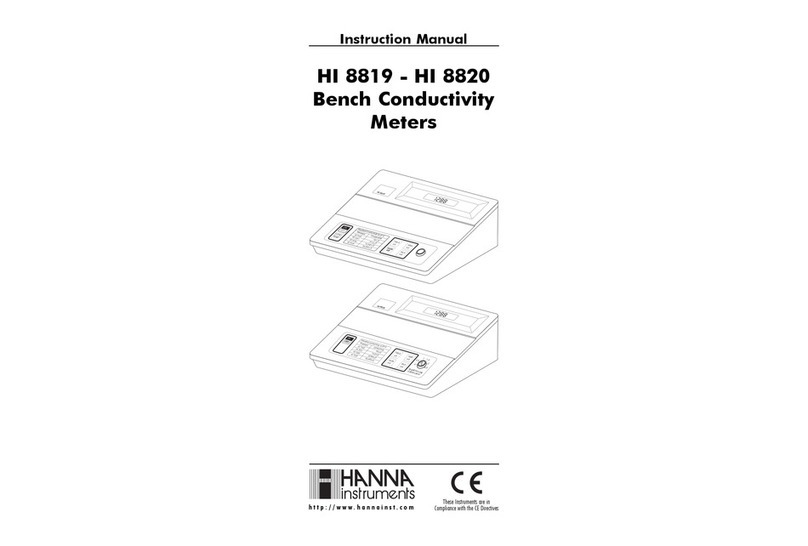
Hanna Instruments
Hanna Instruments HI 8819 User manual
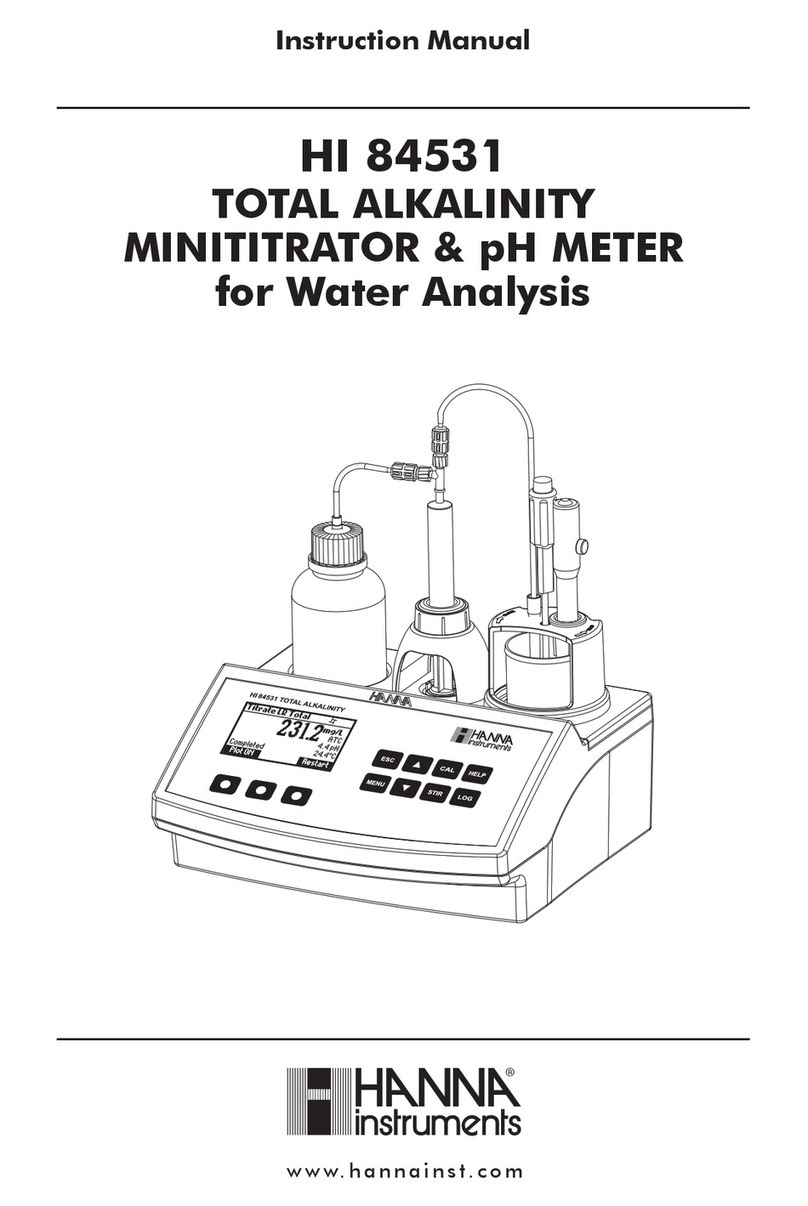
Hanna Instruments
Hanna Instruments HI84531-02 User manual
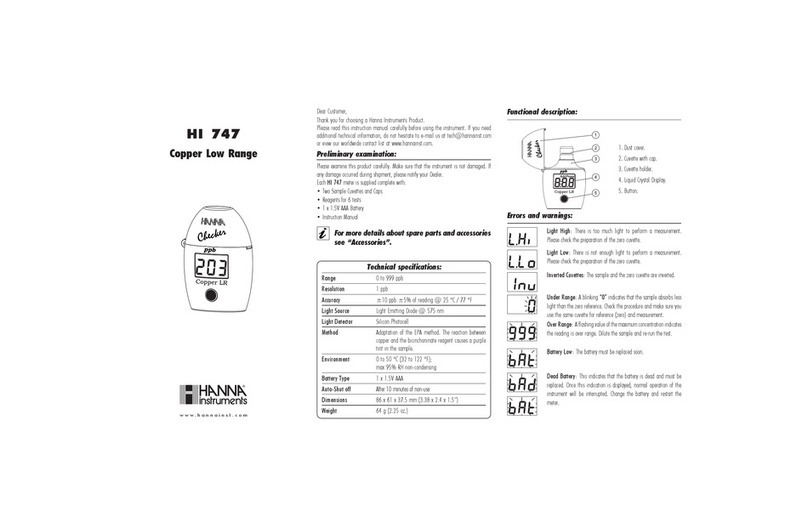
Hanna Instruments
Hanna Instruments HI 747 User manual
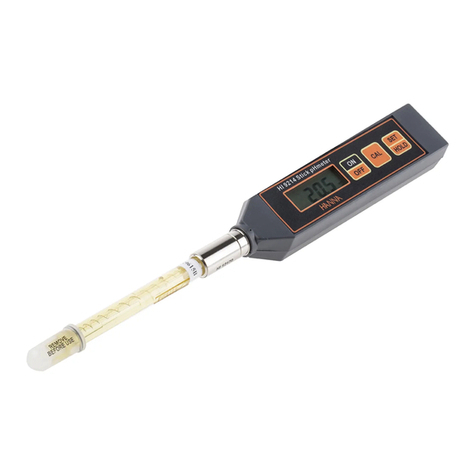
Hanna Instruments
Hanna Instruments HI 9214 User manual
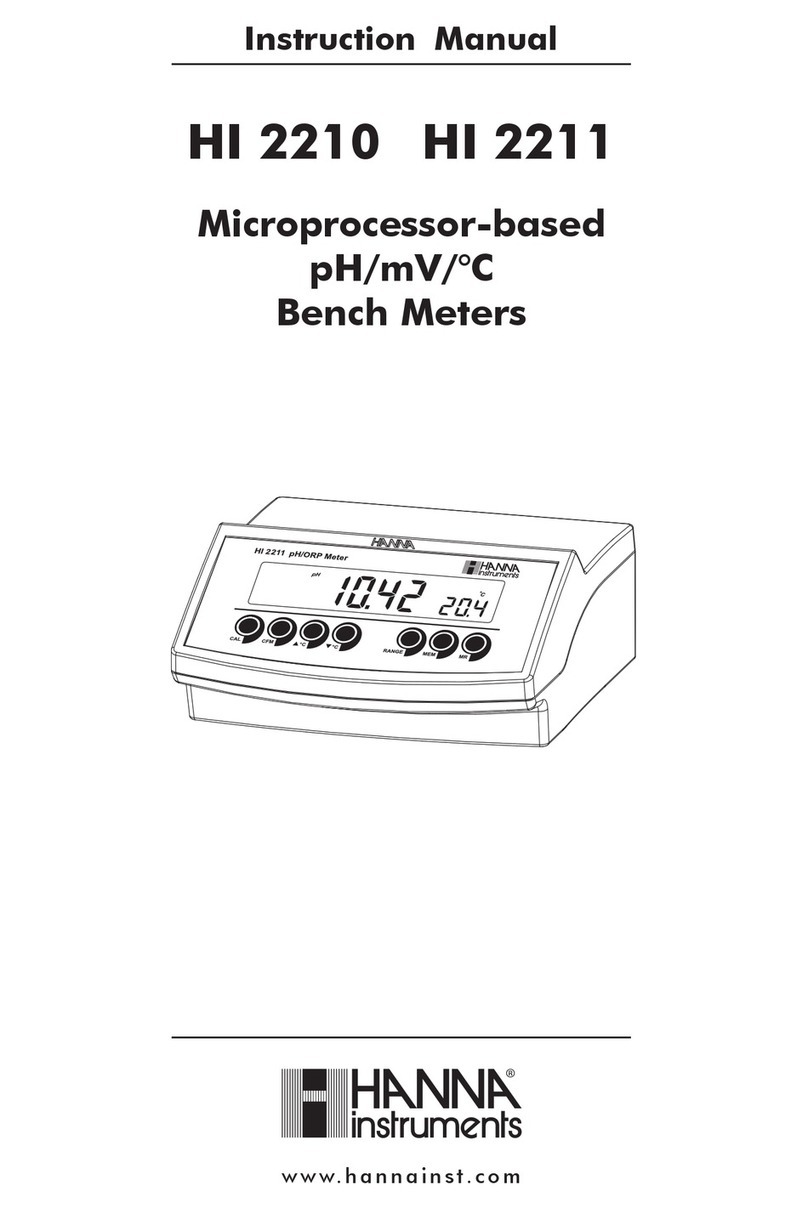
Hanna Instruments
Hanna Instruments HI 2210 User manual
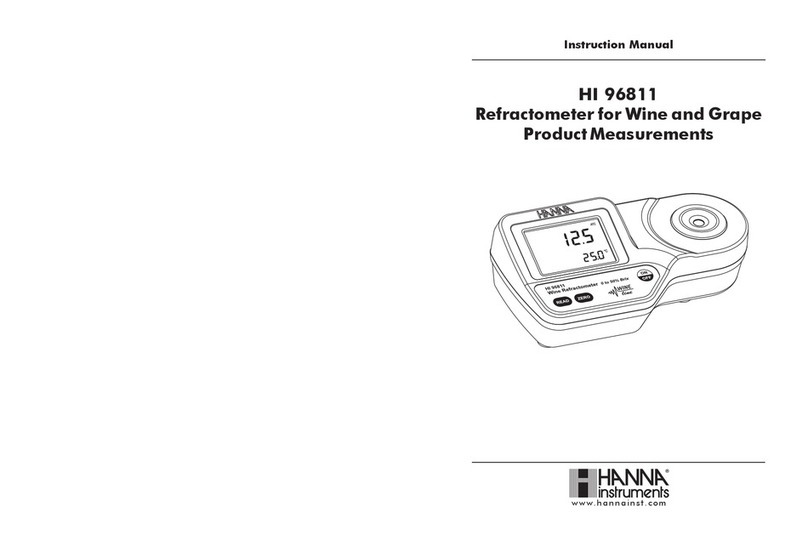
Hanna Instruments
Hanna Instruments HI 96811 User manual
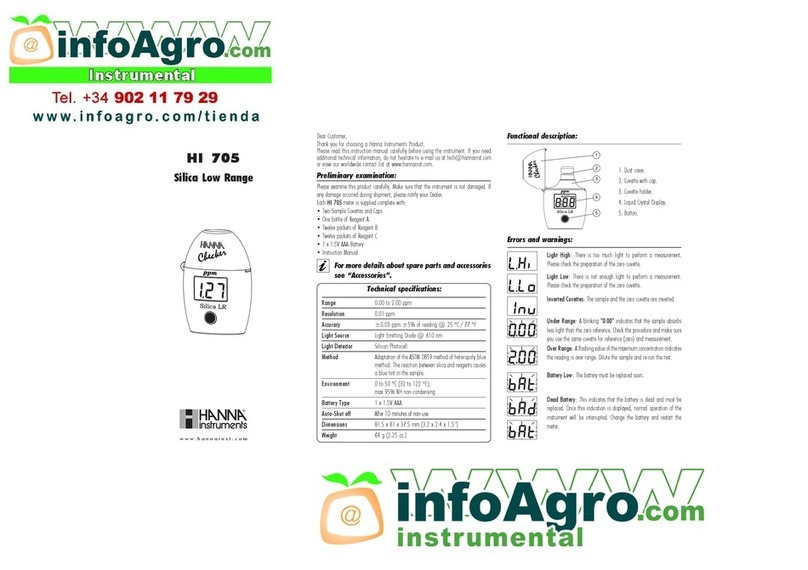
Hanna Instruments
Hanna Instruments HI 705 User manual
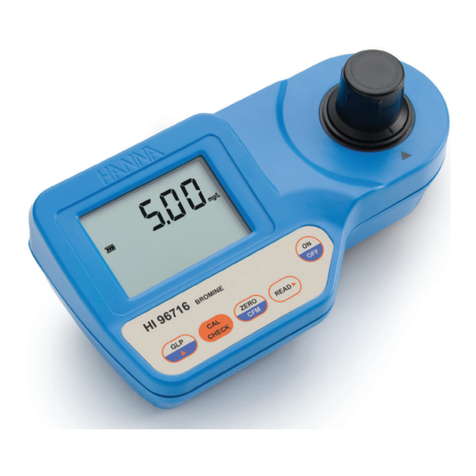
Hanna Instruments
Hanna Instruments HI96716C User manual
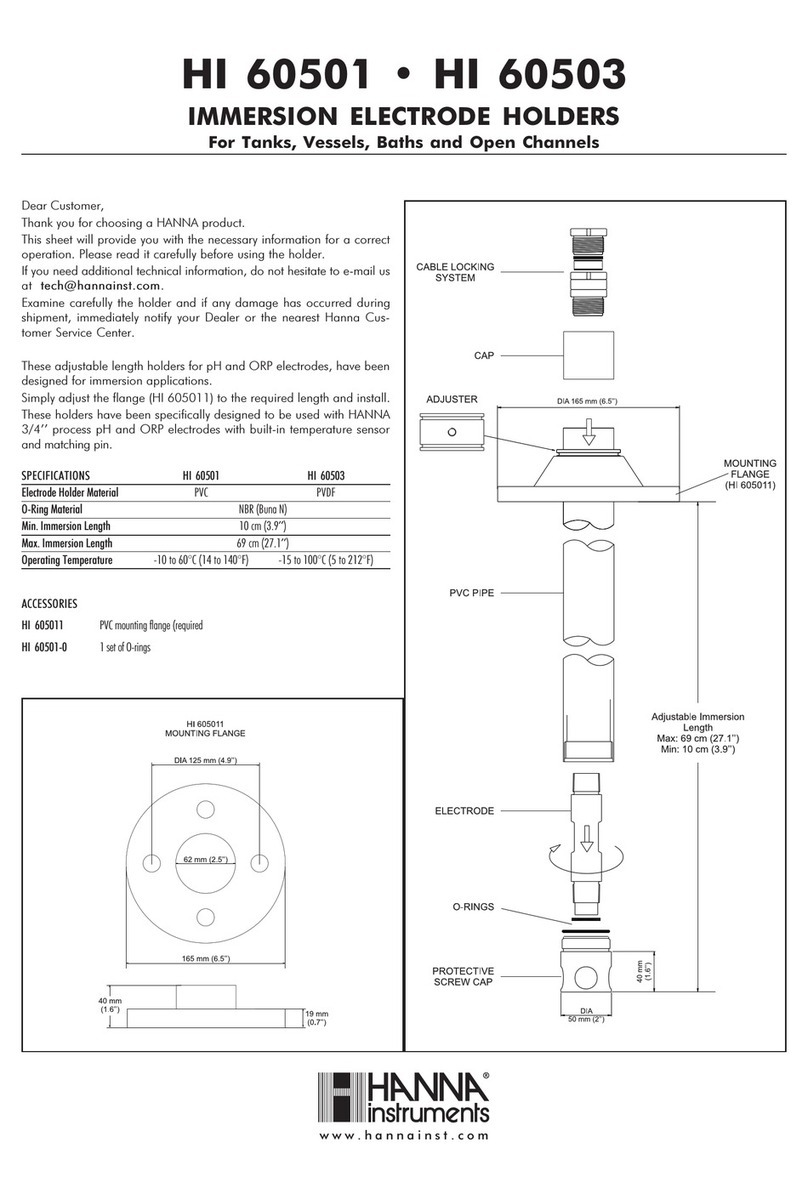
Hanna Instruments
Hanna Instruments HI 60503 User manual
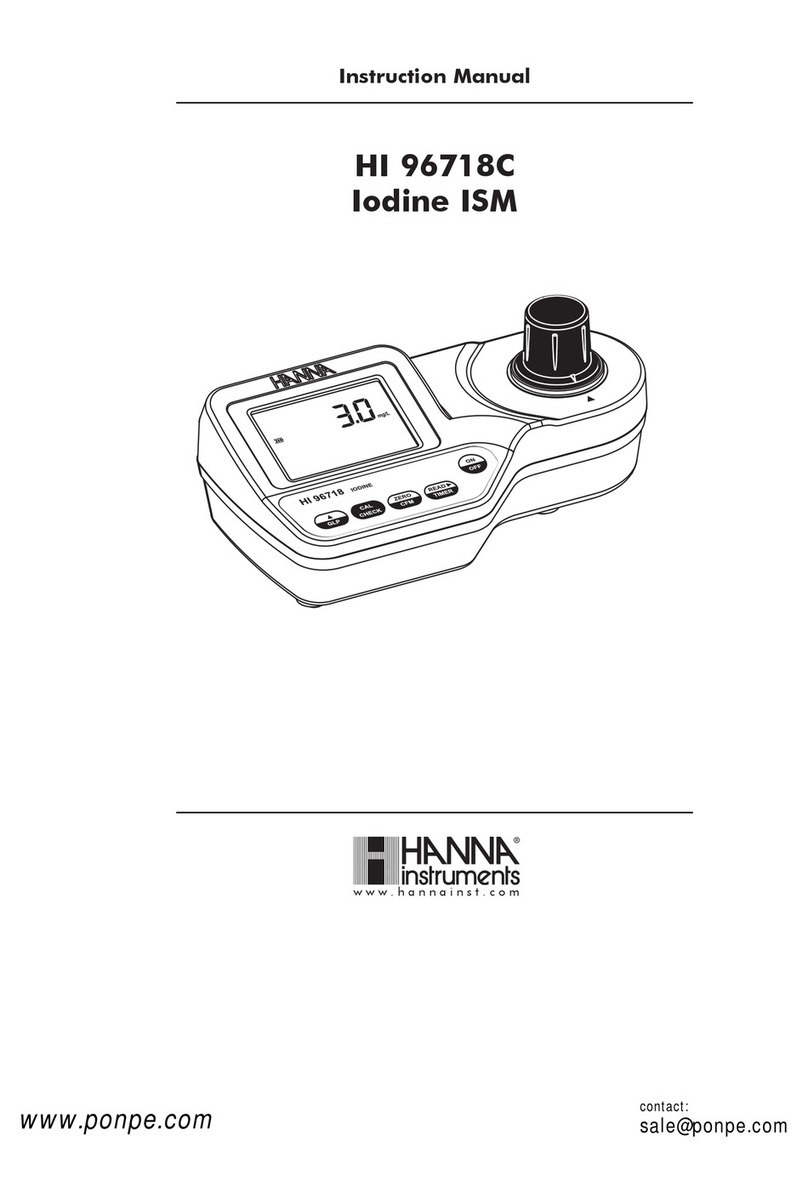
Hanna Instruments
Hanna Instruments HI96718C User manual
Popular Measuring Instrument manuals by other brands

Powerfix Profi
Powerfix Profi 278296 Operation and safety notes

Test Equipment Depot
Test Equipment Depot GVT-427B user manual

Fieldpiece
Fieldpiece ACH Operator's manual

FLYSURFER
FLYSURFER VIRON3 user manual

GMW
GMW TG uni 1 operating manual

Downeaster
Downeaster Wind & Weather Medallion Series instruction manual

Nokeval
Nokeval KMR260 quick guide

HOKUYO AUTOMATIC
HOKUYO AUTOMATIC UBG-05LN instruction manual

Fluke
Fluke 96000 Series Operator's manual

Test Products International
Test Products International SP565 user manual

General Sleep
General Sleep Zmachine Insight+ DT-200 Service manual

Sensa Core
Sensa Core Lacto Spark user manual
